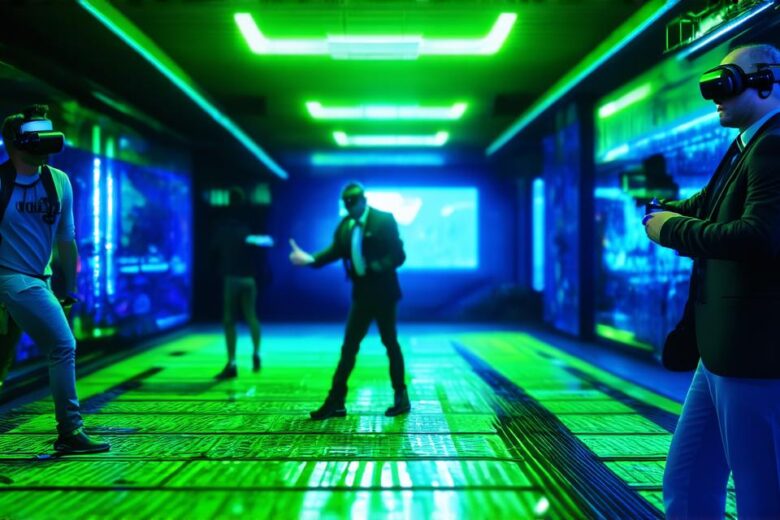As technology advances, augmented reality (AR), virtual reality (VR), and mixed reality (MR) have become increasingly popular. Each of these technologies offers unique advantages that make them ideal for different applications. In this article, we will explore the benefits of AR, VR, and MR and how they can be used to enhance user experiences.
What is Augmented Reality?
Augmented reality is a technology that superimposes digital content onto the real world. This allows users to see virtual objects in their physical environment. AR can be used for a variety of applications, including marketing, education, and entertainment. One of the main advantages of AR is that it allows users to interact with virtual objects in a natural way.
For example, an AR app could allow users to try on clothes virtually before buying them, or it could provide customers with additional information about a product when they point their phone at it. AR can also be used in education to create interactive lessons that engage students and help them learn in a more hands-on way.
What is Virtual Reality?
Virtual reality is a technology that completely immerses users in a digital environment. This means that users are not able to see the real world while they are using VR. VR can be used for gaming, entertainment, and training purposes. One of the main advantages of VR is that it provides a highly immersive experience that can be difficult to achieve with other technologies.
For example, VR can be used to create realistic simulations of real-world environments, such as a battlefield or a construction site. This allows users to train for these types of situations in a safe and controlled environment. VR can also be used for entertainment purposes, such as gaming or experiencing a movie in 360 degrees.
What is Mixed Reality?
Mixed reality is a technology that combines elements of both augmented and virtual reality. This means that users can see both real and virtual objects in their environment. MR can be used for a variety of applications, including design, manufacturing, and education. One of the main advantages of MR is that it allows users to work with virtual objects in a more natural way.

For example, an MR app could allow designers to visualize how a product would look in a real-world environment before they start designing it. This can save time and resources by allowing designers to make changes early on in the design process. MR can also be used in education to create interactive lessons that engage students and help them learn in a more hands-on way.
Summary
In conclusion, augmented reality, virtual reality, and mixed reality each offer unique advantages that make them ideal for different applications. AR is great for providing users with additional information about a product or allowing them to interact with virtual objects in a natural way. VR provides an immersive experience that can be difficult to achieve with other technologies. MR allows users to work with virtual objects in a more natural way. As technology continues to advance, we can expect to see even more innovative uses for these technologies.
